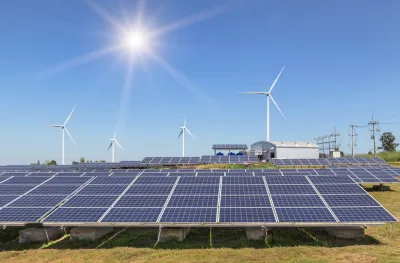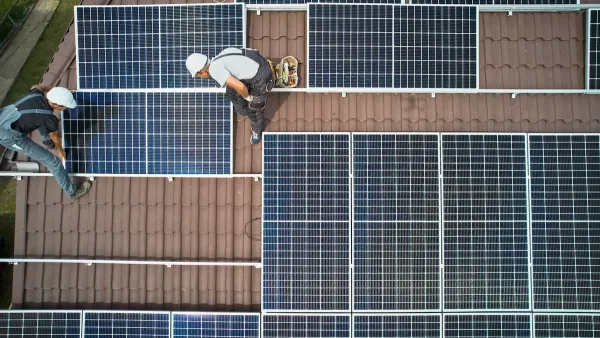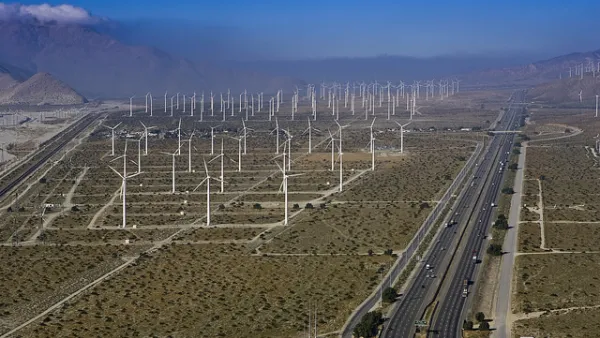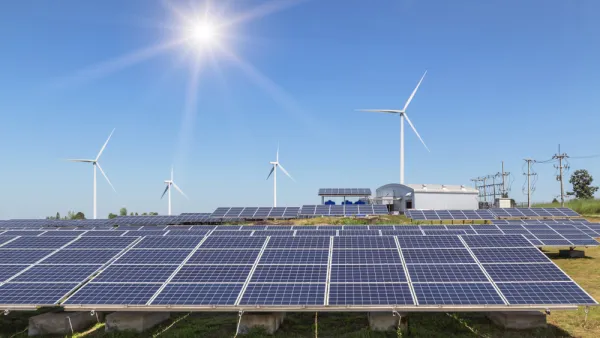The transition from fossil fuels to renewable energy must be equitable, ensuring that workers receive support, communities are revitalized, and degraded lands are restored to create a more sustainable and inclusive future.

As the global community moves from fossil fuels to renewable energy, the concept of a "just transition" is critical to ensuring that this shift is fair and inclusive. While some policies may favor oil and gas development, economic, environmental, and social factors are driving the long-term shift toward renewables. Market forces, state and local initiatives, and international climate commitments reinforce the need for a just transition, ensuring that workers, communities, and the environment are not left behind. Without a structured approach, this transition risks deepening economic inequality and worsening environmental injustices in already vulnerable areas.
For workers in fossil fuel industries, a just transition provides support through retraining programs, workforce development, and financial assistance, helping them transition into emerging sectors like solar and wind energy. Labor unions and advocacy organizations play a key role in securing fair compensation, pension guarantees, and reemployment opportunities. Including workers in decision-making processes further strengthens their role in shaping policies that affect their livelihoods and future job security.
Communities historically burdened by oil and gas extraction activities often face economic decline and environmental degradation when fossil fuel operations shut down. A just transition seeks to revitalize these areas through investments in clean energy, sustainable industries, and improved infrastructure, such as parks, transportation, healthcare, and education. Economic diversification is essential to ensuring these communities do not suffer prolonged job losses or economic stagnation as industries evolve.
Finally, just transition efforts must address land restoration in areas affected by extraction and pollution. Reforestation, soil remediation, wetland restoration, and repurposing of industrial sites into community assets—such as parks, renewable energy hubs, or affordable housing—can create hope and new opportunities while restoring ecosystems. By prioritizing equity and sustainability, a just transition not only mitigates the harms of fossil fuel dependency but also builds a stronger, more resilient future for workers, communities, and the environment.
FULL STORY: Just Transition

National Parks Layoffs Will Cause Communities to Lose Billions
Thousands of essential park workers were laid off this week, just before the busy spring break season.

Retro-silient?: America’s First “Eco-burb,” The Woodlands Turns 50
A master-planned community north of Houston offers lessons on green infrastructure and resilient design, but falls short of its founder’s lofty affordability and walkability goals.

Delivering for America Plan Will Downgrade Mail Service in at Least 49.5 Percent of Zip Codes
Republican and Democrat lawmakers criticize the plan for its disproportionate negative impact on rural communities.

Test News Post 1
This is a summary

Test News Headline 46
Test for the image on the front page.

Balancing Bombs and Butterflies: How the National Guard Protects a Rare Species
The National Guard at Fort Indiantown Gap uses GIS technology and land management strategies to balance military training with conservation efforts, ensuring the survival of the rare eastern regal fritillary butterfly.
Urban Design for Planners 1: Software Tools
This six-course series explores essential urban design concepts using open source software and equips planners with the tools they need to participate fully in the urban design process.
Planning for Universal Design
Learn the tools for implementing Universal Design in planning regulations.
EMC Planning Group, Inc.
Planetizen
Planetizen
Mpact (formerly Rail~Volution)
Great Falls Development Authority, Inc.
HUDs Office of Policy Development and Research
NYU Wagner Graduate School of Public Service





























